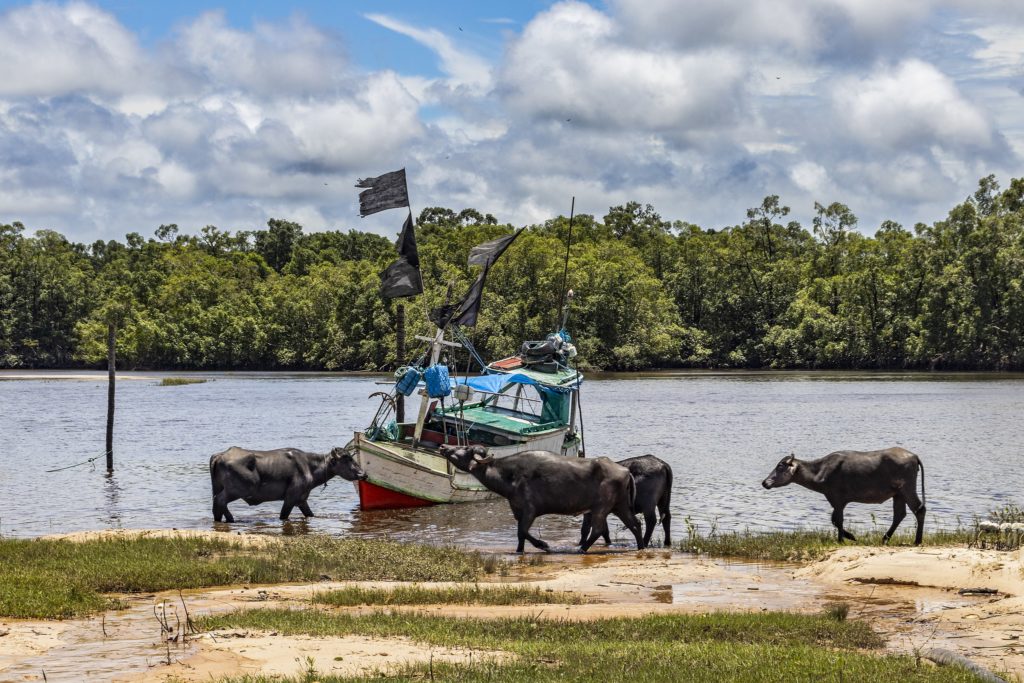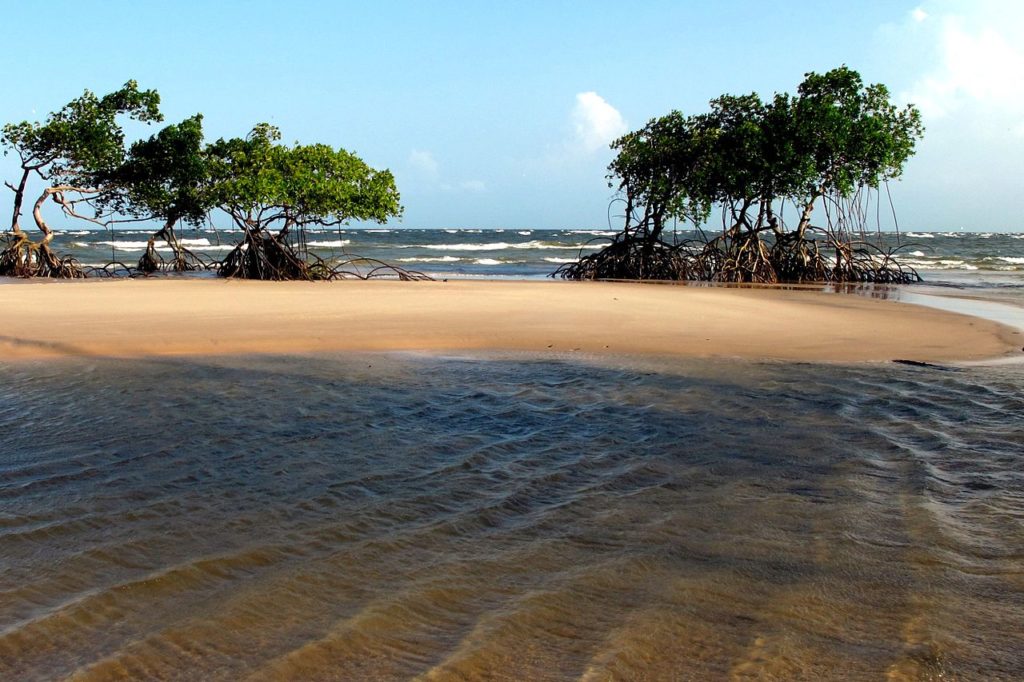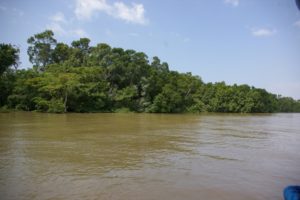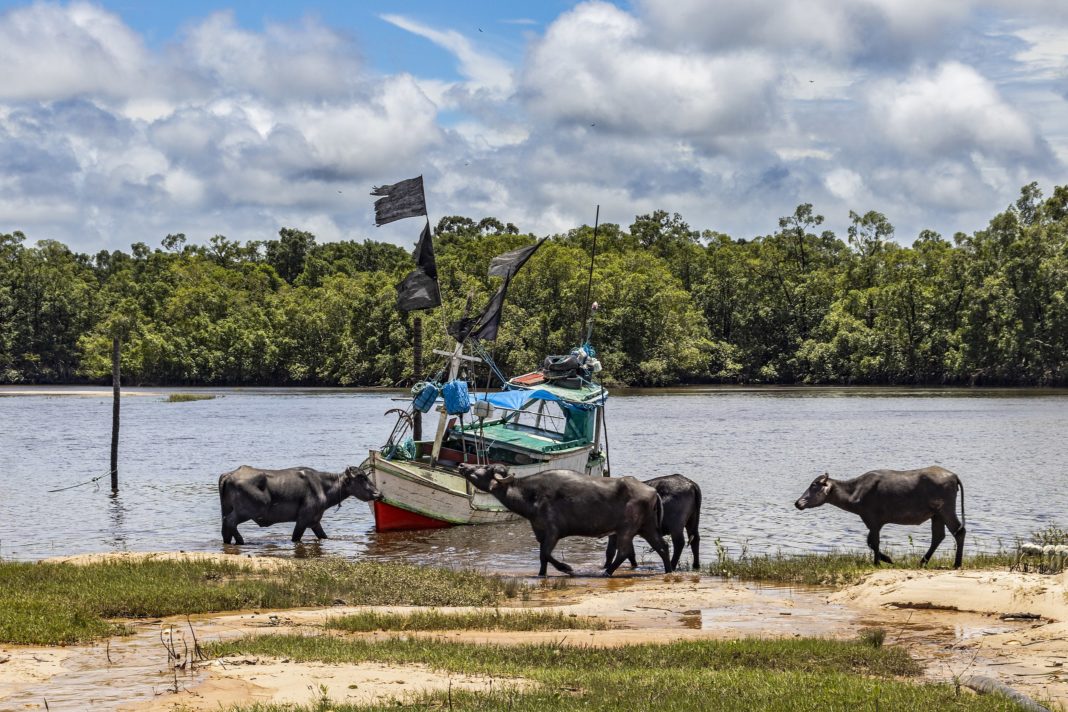Marajó Island, Portuguese Ilha de Marajó, island in the Amazon River delta, eastern Pará estado (state), Brazil. It is the world’s largest fluvial island (produced by sediments deposited by a stream or river). With a land area of 40,100 square kilometers Marajó is comparable in size to Switzerland. Its maximum span is 295 kilometers long and 200 kilometers in perpendicular width.

Geographically, Marajó Island is naturally divided into two halves: its eastern half with relatively large savannas, and its western half with sweeping forest. Most of the giant island is subject to seasonal or tidal flooding. Numerous tidal rivers less than approximately 100 km long slice through the western, forested region. The eastern interior of Marajó forms an enormous inland basin that collects rainwater, which inundates the area for about six to eight months annually. Mangroves, which probably account for less than 10 percent of all floodable forest on Marajó, are found mostly along the northern coast and inland along Marajó Bay.

From approximately 400 BC to 1600 AD, Marajó was the site of an advanced Pre-Columbian society called the Marajoara culture, which may have numbered more than 100,000 people at its peak. Today, the island is known for its large water buffalo population, as well as the pororoca tidal bore periodically exhibited by high tides overcoming the usual complex hydrodynamic interactions in the surrounding rivers. It is the second-largest island in South America, and the 35th largest island in the world.

According to the Internet















